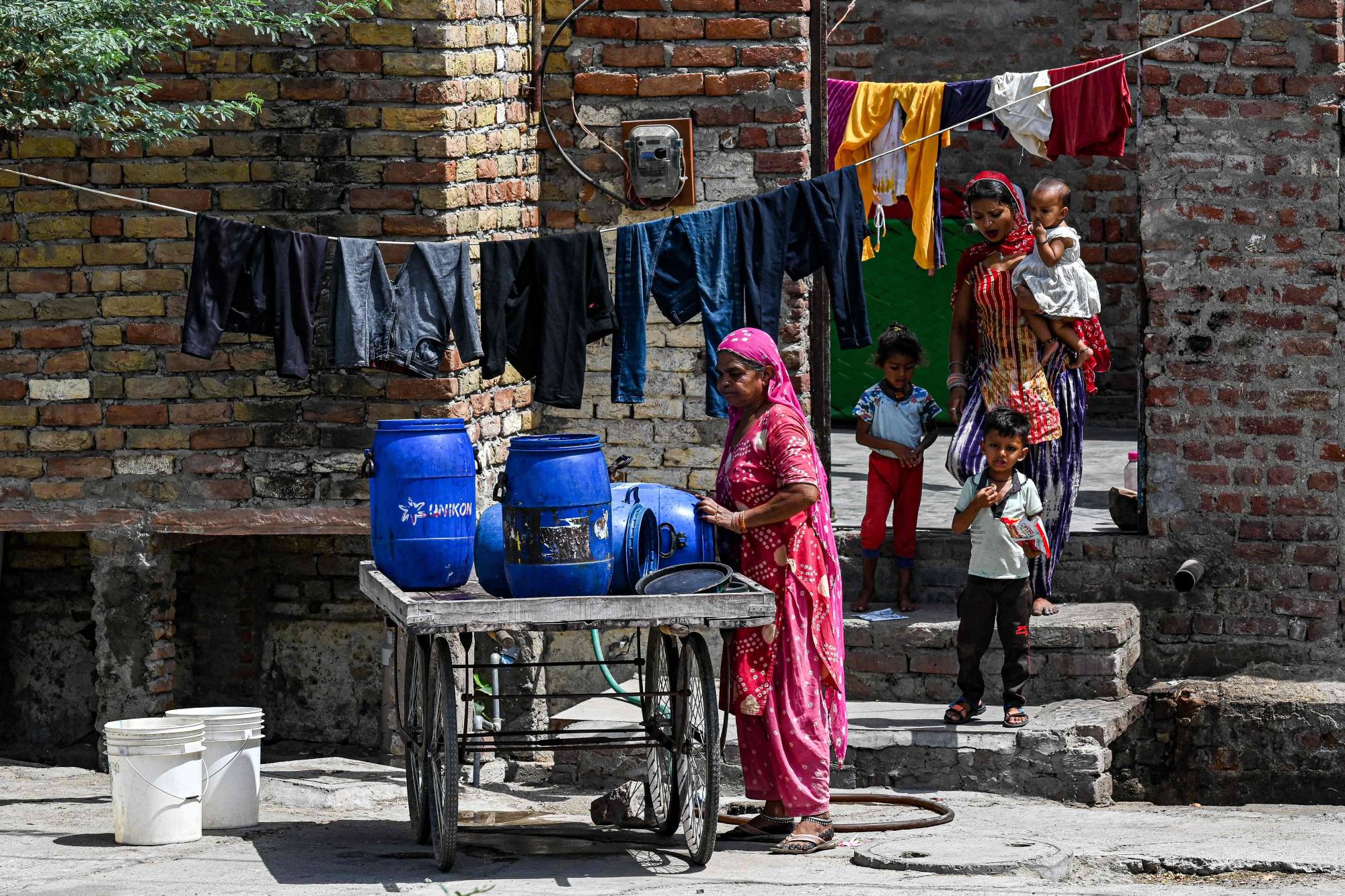India’s record-breaking heat wave is hitting some poorer, urban neighborhoods harder than more leafy, affluent ones.
Temperatures in the gritty New Delhi locality of Mungeshpur averaged 1.4 degrees Celsius higher so far this month than in the suburban enclave of Safdarjung, data from the India Meteorological Department shows. Many factors can drive temperature variance between neighborhoods, including wind patterns, but the presence or absence of healthy vegetation also plays a key role.
Population density and access to water are some of the factors that contribute to the distribution and health of greenery, said Brent Jacobs, research director at University of Technology Sydney’s Institute for Sustainable Futures. Disadvantaged areas trying to accommodate lots of people often end up with more hard surfaces like concrete that radiate the sun’s heat into the surrounding air, boosting temperatures, he said.


















With your current subscription plan you can comment on stories. However, before writing your first comment, please create a display name in the Profile section of your subscriber account page.